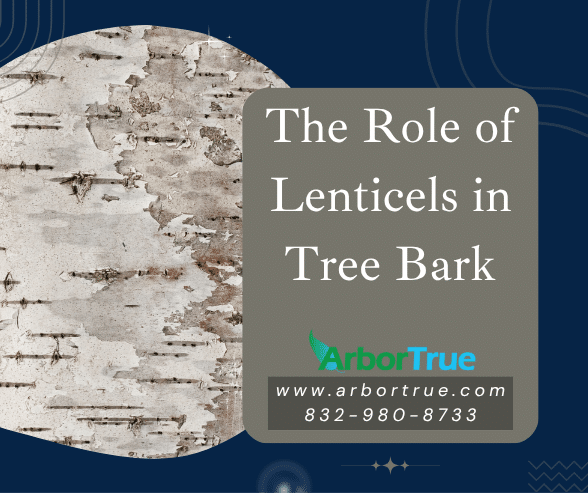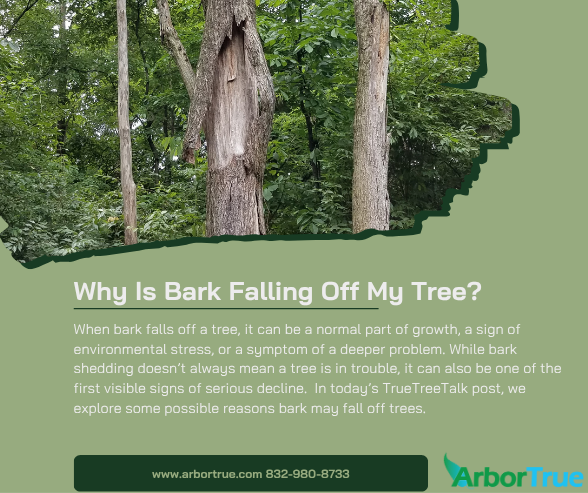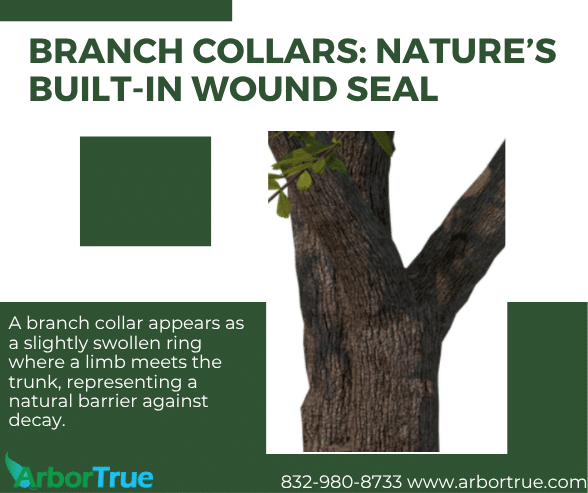
Timber Rattlesnake (Crotalus horridus)
June 25, 2025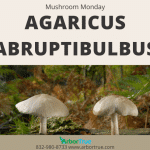
Mushroom Monday: Agaricus abruptibulbus – The Almond-Scented Surprise
June 30, 2025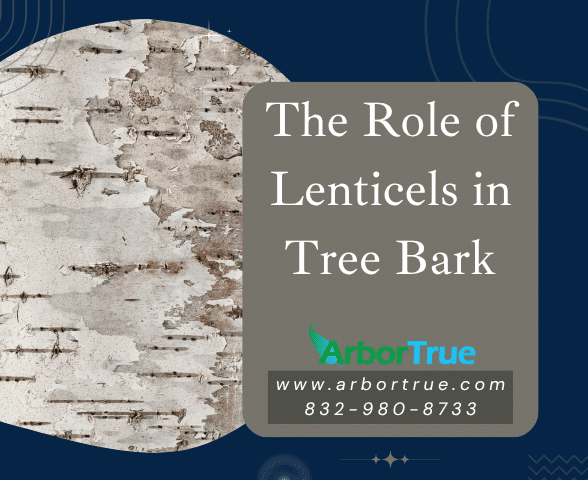
The Role of Lenticels in Tree Bark
What Are Lenticels?
Lenticels are small, often oval or elongated pores that appear on the bark of many woody plants. These tiny openings may not look like much, but they play an essential role in keeping a tree alive. Just like leaves have stomata to help them “breathe,” tree bark has lenticels. Through these structures, trees exchange gases—taking in oxygen and releasing carbon dioxide. This process supports vital internal functions, especially in tissues just beneath the bark.
How to Spot Lenticels
Lenticels can be easy to miss, but once you know what to look for, they start to stand out. On some species, like birch and cherry trees, lenticels appear as distinct horizontal lines or raised dots. In others, they may be harder to notice or blend in with the bark’s natural texture. Even twigs often have visible lenticels. These pores might be brown, white, or a contrasting color depending on the species and age of the bark.
Why Trees Need Them
Unlike leaves, bark doesn’t photosynthesize. Still, the tissues beneath the bark stay alive and require oxygen. Lenticels make it possible for gases to move through the otherwise tough, protective bark. Without them, a tree’s inner tissues could not “breathe.” This exchange supports everything from basic cell function to the tree’s ability to grow and heal.
Not Just for Looks
Lenticels aren’t there just for appearance—though they can be quite striking. Their shape, color, and size can help with species identification. However, changes in lenticels can also signal stress or disease. Swollen, sunken, or discolored lenticels might be worth a closer look from a qualified arborist.
More Than Just Bark
While we mostly notice lenticels on tree trunks and branches, they’re also found on fruits like apples and pears. In these cases, they serve the same basic purpose: allowing gas exchange between internal tissues and the air. So, whether you’re looking at bark or fruit, lenticels are doing quiet but important work.
If you found this information about lenticels helpful, check out our other posts on our TrueTreeTalk blog. Follow us on Facebook to keep up with these and other posts. Check out our list of blog posts grouped by topic for more to read. Also, follow us on LinkedIn for industry-related posts.
* * *
ArborTrue is a science-based tree service company in the greater Houston area. We also serve Austin and other parts of Central Texas. We provide a range of services including tree trimming, tree pruning, tree removal, tree planting, arborist consultations, and more. Call us today at 832-980-8733 (Houston) or at 512-546-3833 (Austin) or reach out to us online to schedule an appointment.
ArborTrue has a dedicated landscaping division, now serving select areas in the greater Houston region—with more locations coming soon. We specialize in organic practices, soil biology, and ecological health to help your entire landscape truly thrive. To learn more or schedule a consultation, contact us at landscape@arbortrue.com.

